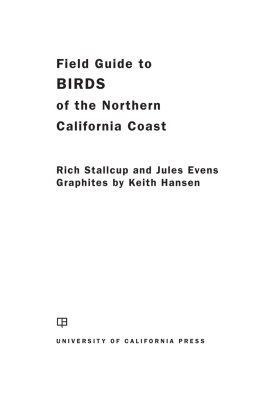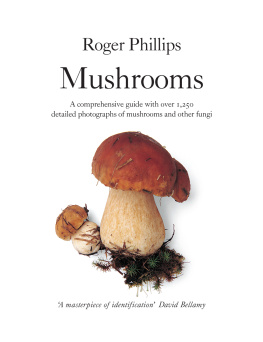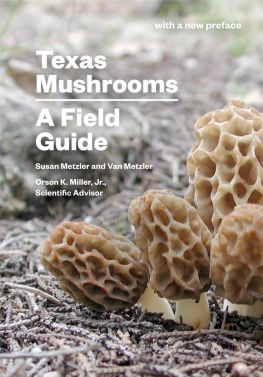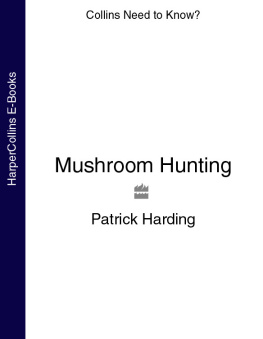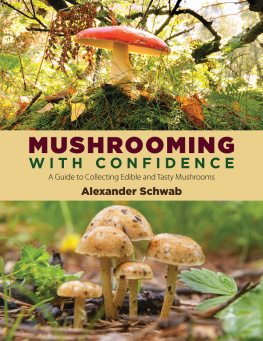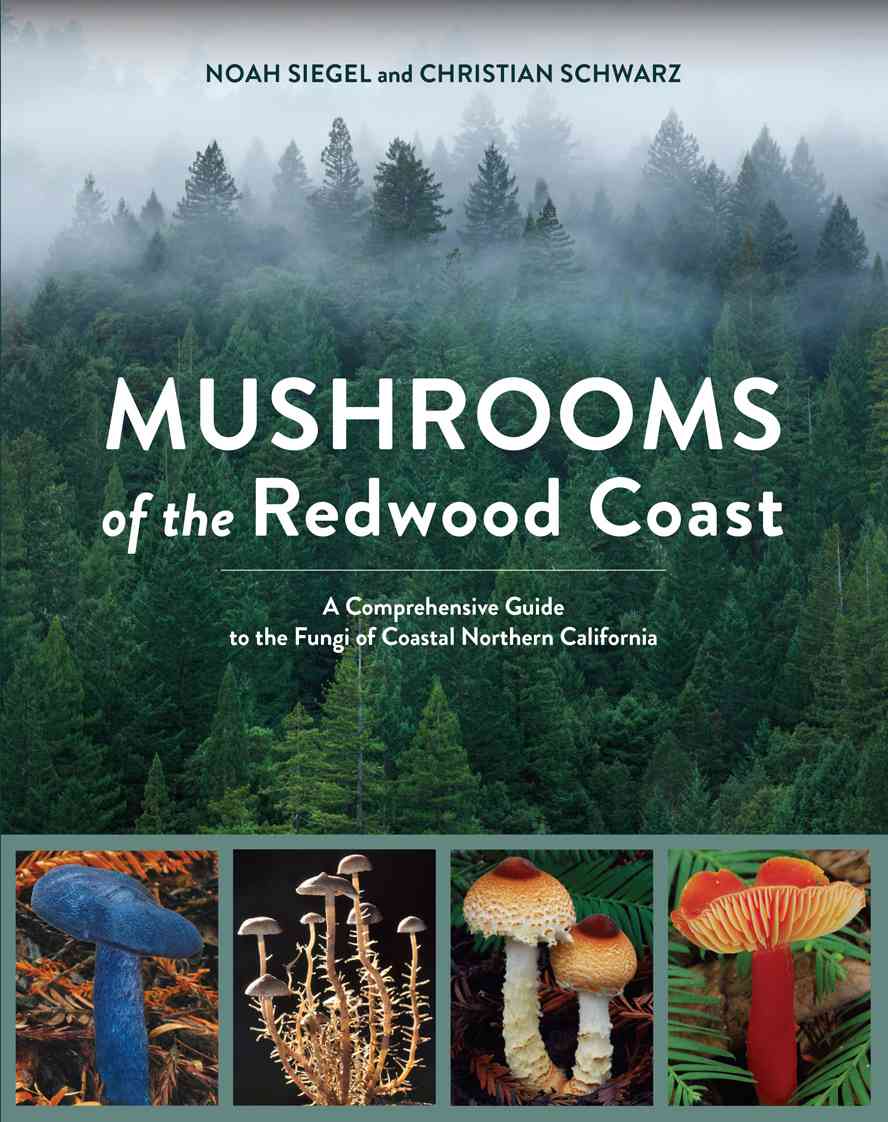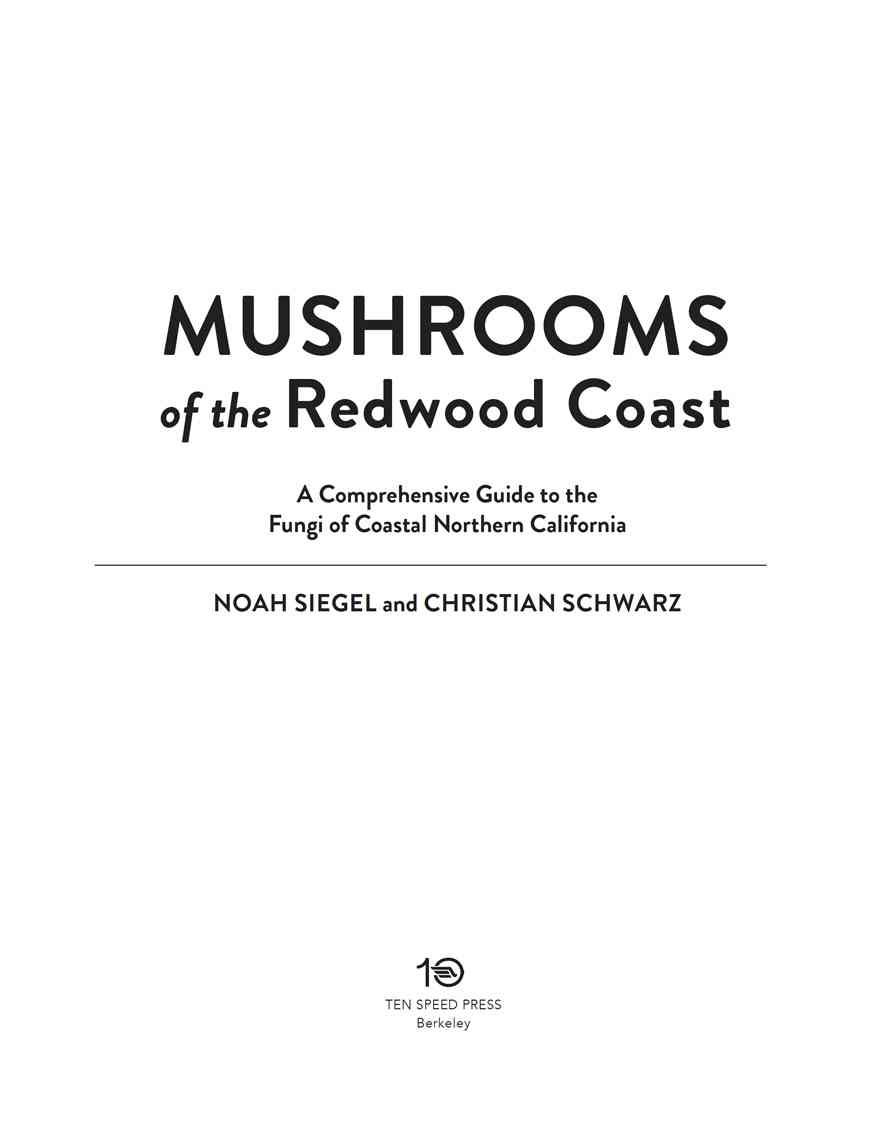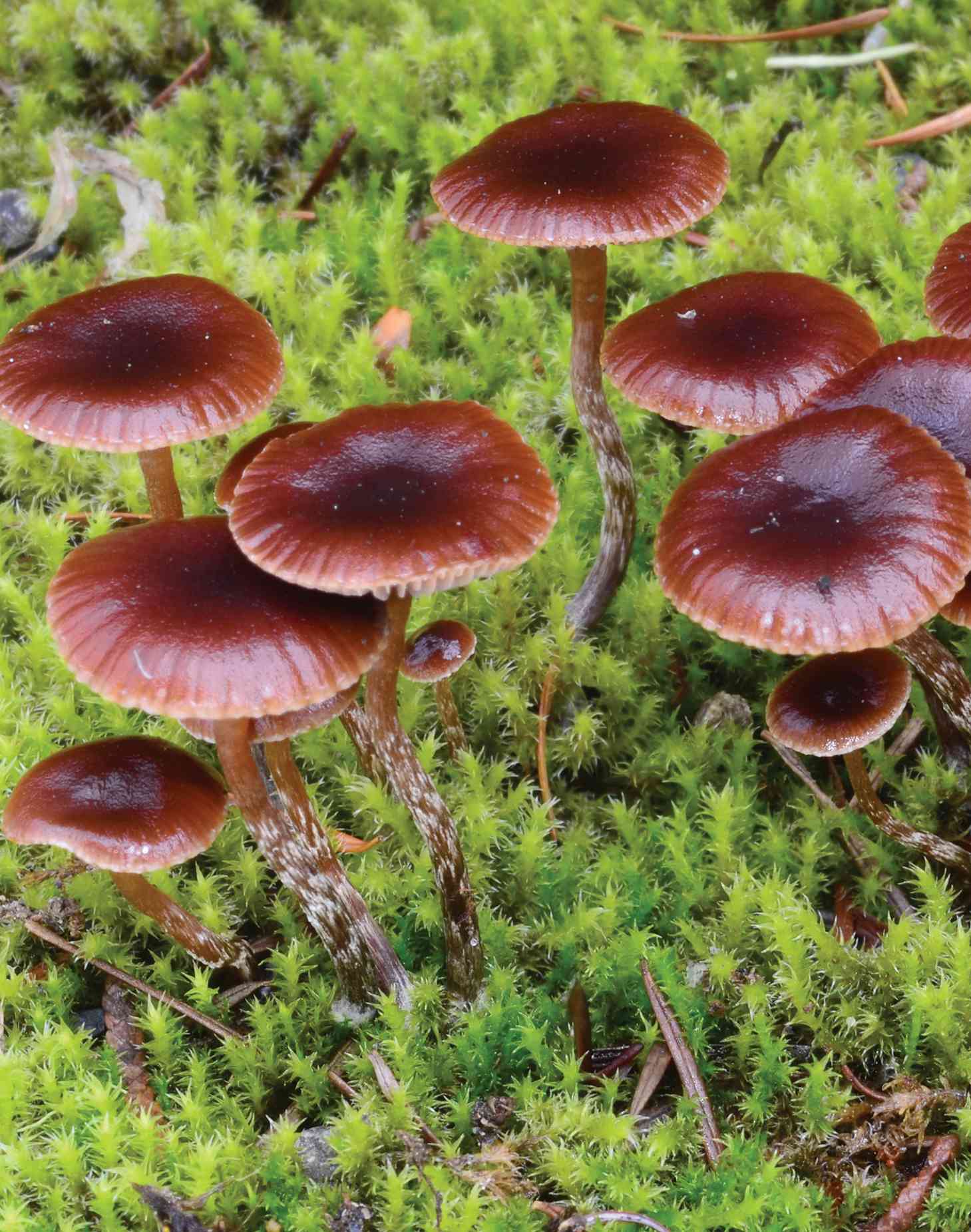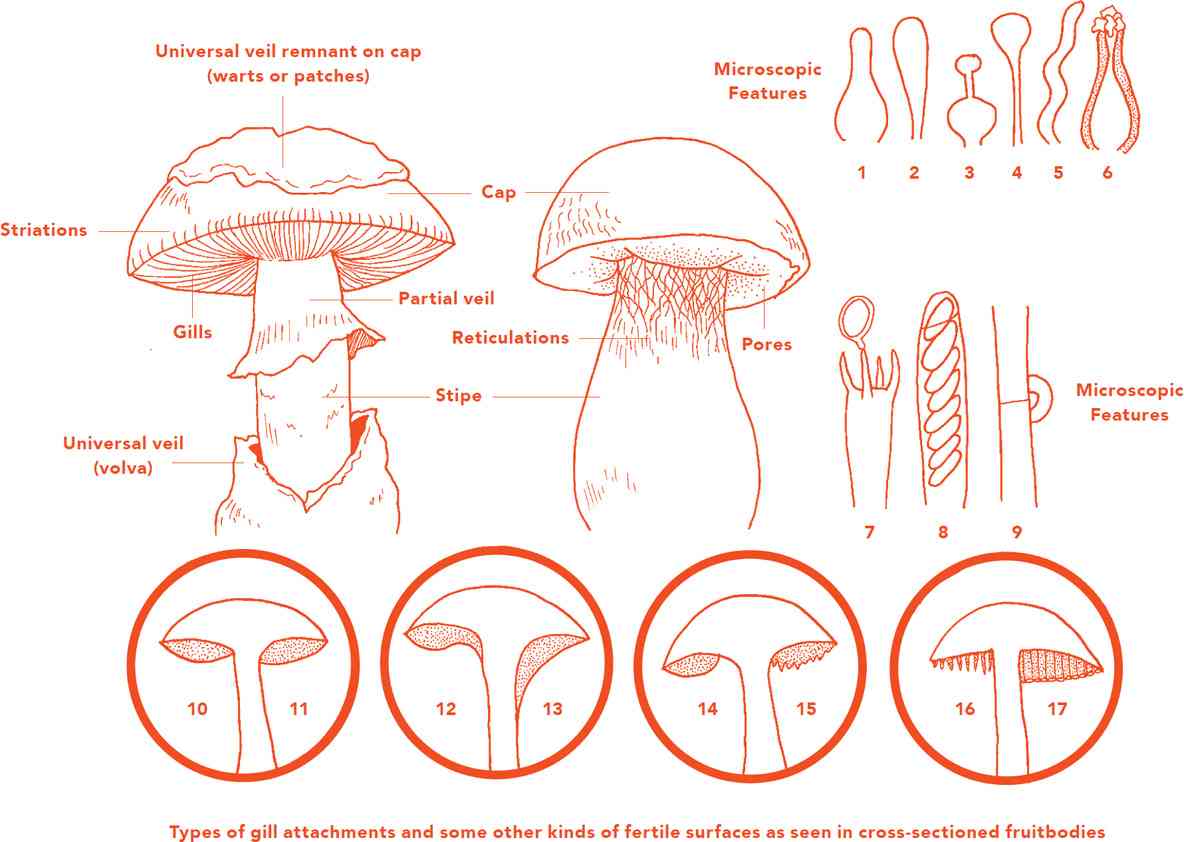The information in this book is accurate to the best of the authors knowledge. However, neither the authors nor the publisher are responsible for mistakes in identification or idiosyncratic reactions to mushrooms. It is certainly not necessary to eat mushrooms in order to enjoy them. People who choose to eat mushrooms do so at their own risk.
Copyright 2016 by Noah Siegel and Christian Schwarz
All rights reserved.
Published in the United States by Ten Speed Press, an imprint of the Crown Publishing Group, a division of Penguin Random House LLC, New York.
www.crownpublishing.com
www.tenspeed.com
Ten Speed Press and the Ten Speed Press colophon are registered trademarks of Penguin Random House LLC.
Library of Congress Cataloging-in-Publication Data
Schwarz, Christian, 1988- author.
Mushrooms of the redwood coast : a comprehensive field guide to the fungi of coastal northern California / Christian Schwarz and Noah Siegel. First edition.
pages cm
Includes bibliographical references and index.
1. MushroomsCalifornia, NorthernIdentification. I. Siegel, Noah, 1982- author. II. Title.
QK605.5.C2S38 2016
579.609794--dc23
2015027853
Trade Paperback ISBN9781607748175
Ebook ISBN9781607748182
eBook design adapted from printed book
v4.1
a
Contents
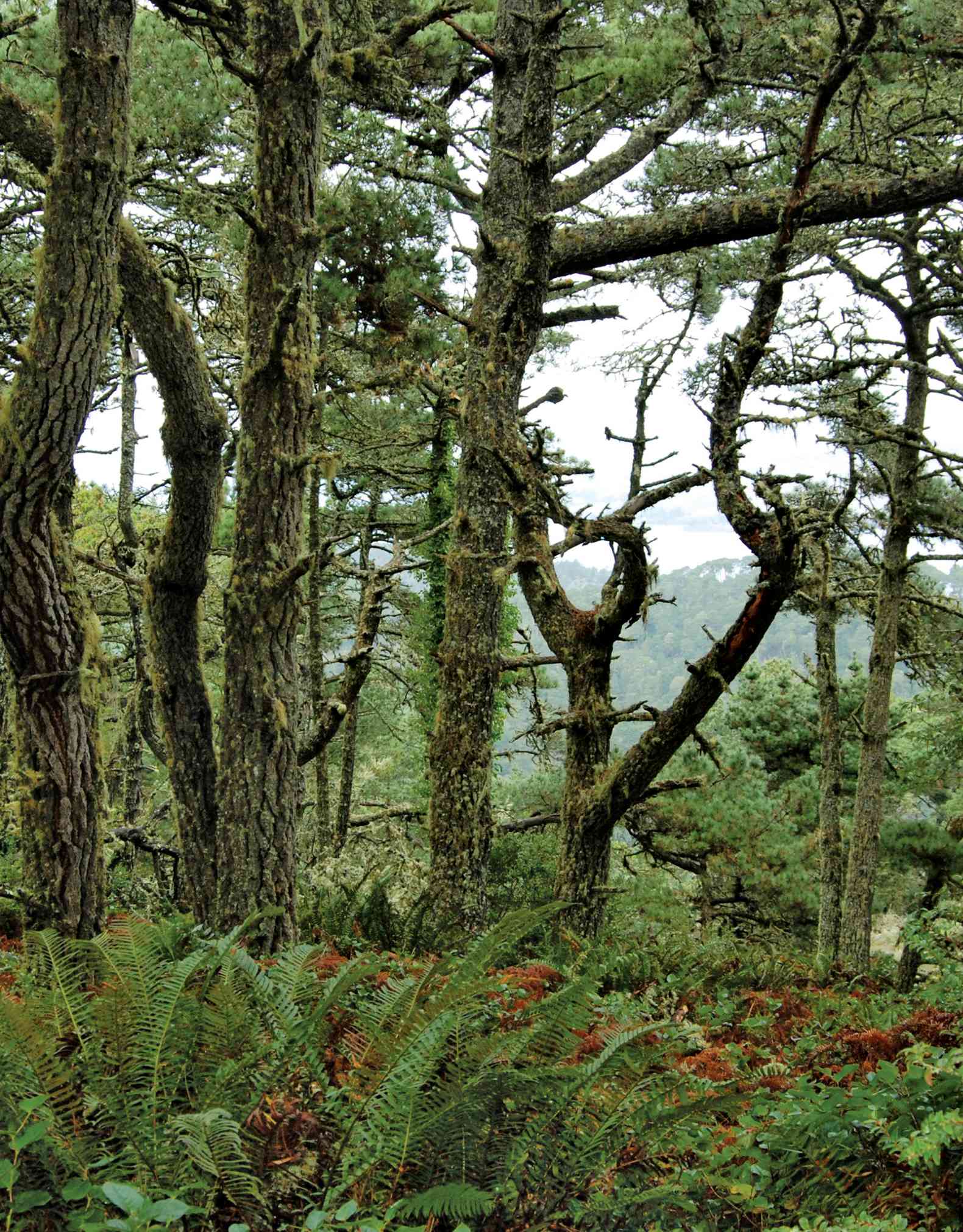

Introduction
The rugged edge of the continent upon which Coast Redwoods dwell is fantastically beautiful land. The warm, dry summers and rainy winters that bathe this areas varied terrain create a great diversity of habitats, which are home to mushrooms and other fungi: a tremendously diverse but often overlooked community of organisms.
Mushroom identification as a hobby has an obvious end goal: to be able to attach names to organisms and communicate about them reliably and effectively. But pursuing this goal necessarily involves continually honing and developing increased awareness of other fungi, which leads to outcomes more subtle and more profound. You will learn a few mushrooms your first year, and the next year you will learn a few more; then you will have experiences that challenge you to question your own knowledge, as well as some that strengthen it. You will eventually be surprised at how much you know (and how much more you are left wondering about!). More importantly, with every step you take down this road, your world will expand. You will begin to notice slime molds, mosses, lichens, tiny insects, and the various other minute habitats that surround fungi, and you will soon wonder about all of these as well.
Paired with your persistence, curiosity, and time spent in the woods, this guide will help you become familiar with the names and faces of fungi on the Redwood Coast, and give you a glimpse of what we know about their role in Californias ecosystems. We hope that this book will encourage beginners to dive in to the world of Californias fungi, as well as assist and encourage more experienced identifiers as they push our collective knowledge forward.
Coast Redwoods are a magnificent and irreplaceable part of our heritage, and we should strive to protect the ecosystems that support them. We hope that this book will serve as a reminder that this coast is also home to a great diversity of fungi. They are rarely given attention in conservation efforts (perhaps due to their intermittent visibility), but fungi are always there. Whether busy on roots, in soil, on moss, or in the heartwood of trees, they are essential to the dynamics of forests.
What Are Mushrooms?
The word mushroom is an imprecise but useful term for the visible reproductive organs of certain types of fungi. Fungi are their own kingdom of life, similar to, but separate from, plants and animals. The kingdom Fungi comprises many millions of species of living organisms, ubiquitous in our everyday environments and abundant in nearly every natural habitat. Although fungi are exceptionally important in the functioning of global ecosystems, we generally go about our daily business unaware of their presence. As soon as you start to pay attention, however, youll find that fungi play many roles in human affairs, both as allies and as adversaries. But what exactly are fungi?
For starters, fungi (along with plants and animals) are eukaryotes. Eukaryotes are organisms whose cells have discrete interior structures; the largest and most important of these is the nucleus. The nucleus contains DNAthe blueprints for the structure, chemistry, function, and organization of an organism. When two organisms share a common ancestor in the recent past, we say that they are closely related; that is, they share many of the instructions encoded in their DNA. The genetic material of more distantly related species differs to a greater degree. The portobello mushrooms on your dinner table are more closely related to the yeast organisms in your bread dough than either is to the sunflowers in your yard. Perhaps even more surprisingly, the portobello mushrooms are more closely related to you than they are to plants, since fungi and animals share a more recent common ancestor than they do with plants!
Fungi were relatively recently separated from the plant kingdom, based on many important biological differences. One such difference has to do with their modes of nutrition: plants are autotrophs, meaning that they produce their own food. By the process of photosynthesis, plants use sunlight and carbon dioxide to make the sugars that fuel their metabolism and growth. Fungi, on the other hand, cannot photosynthesizethey are heterotrophs. Since fungi cannot produce their own fuel, they rely on organic matter produced by other organisms. Fungi have an interesting method of digestion: they exude powerful enzymes that break down the organic matter in their surroundings and then absorb the products of this breakdown.
Morphology Diagram


